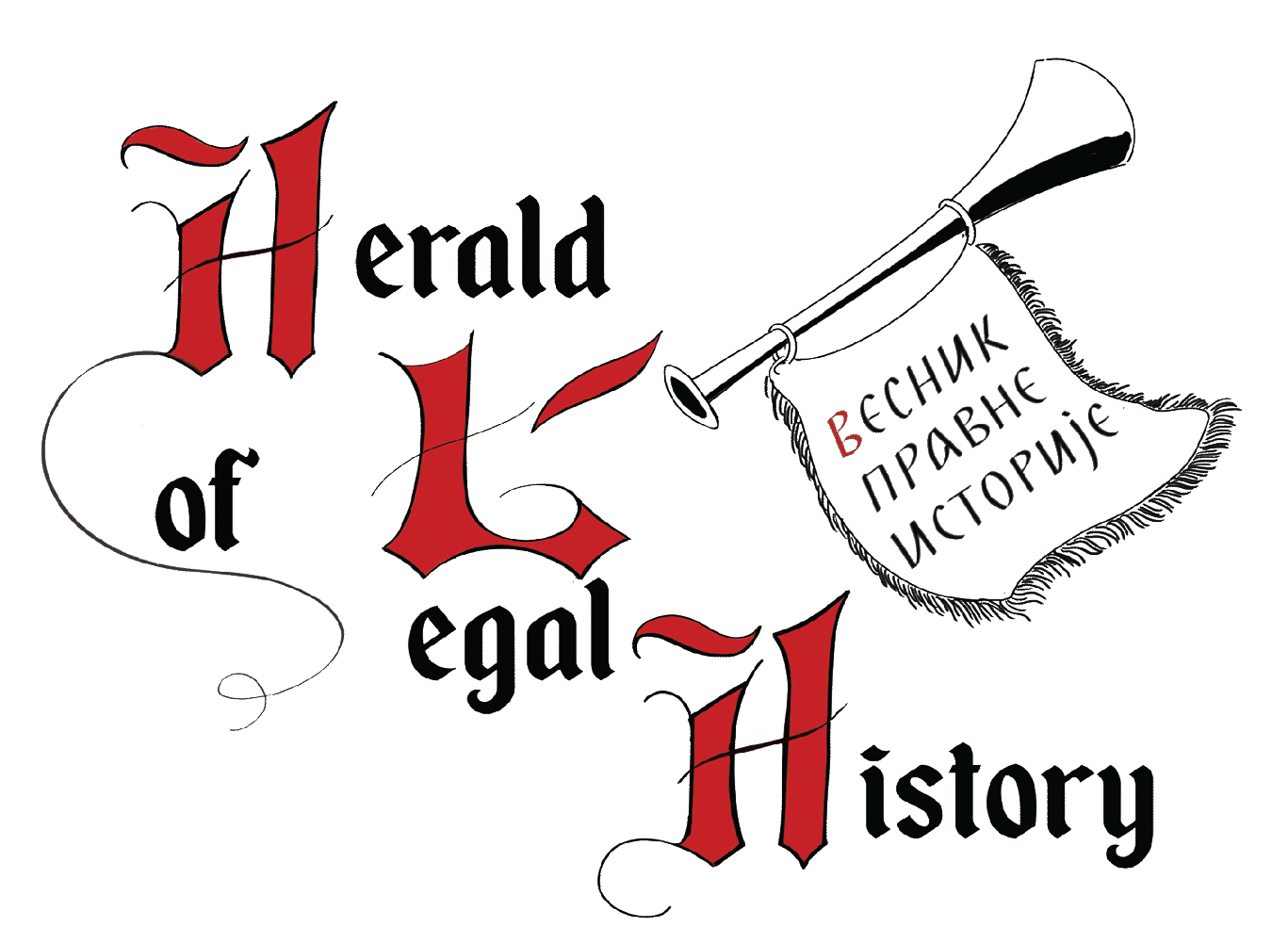REVIEW OF THE INFLUENCE OF RELIGION ON UR-NAMMU’S CODE
DOI:
https://doi.org/10.51204/HLH_20101AKeywords:
Ur-Nammu, Prologue, Ordeal, OathAbstract
The Sumerian civilization left us, among their many achievements, the oldest preserved law code – the Code of Ur-Nammu, over four millennia old. Seeing how this legal code is mainly of a secular nature, the connection between it and the polytheistic Sumerian religion seems indirect at first sight. However, religion is, in fact, one of the crucial factors which allows us to understand both this one and the later cuneiform law codes. The religious influence is most prominent in the prologue of the legal code, which depicts the ruler as a god incarnate. The legislator uses religion, which had an enormous influence on daily life in all ancient
civilizations, as a powerful tool which could help him achieve his goal – placing all segments of society under his command. It exerted less influence on the norms of the legal code, though even there the contents are not entirely secular. The religious base is found in two provisions concerning the ordeal by water, an irrational judicial practice established on the belief that a god, as supreme judge, would not allow the lawbreaker to avoid punishment. Finally, one norm which concerns the oath is directly connected to religion.
References
Ur-Namuov zakonik, Marko Višić, Zakonici drevne Mesopotamije, Službeni list Srbije i Crne Gore, Beograd 2003, 131–135
Ур-Намуов законик, Војислав Станимировић, Хрестоматија за упоредну правну традицију, Правни факултет Универзитета у Београду, 2016, 11–15.
Martha T. Roth, Law collections from Mesopotamia and Asia Minor, Scholars Press, Georgia 1995.
В. А. Авдијев, Историја Старог истока, Издавачко предузеће Народне Републике Србије, Београд 1952.
Jeremy A. Black, Anthony Green, Gods, demons, and symbols of ancient Mesopotamia: an illustrated dictionary, The British Museum Press, London 2004.
Stephanie Dalley, “Ancient Mesopotamian Gardens and the Identification of the Hanging Gardens of Babylon Resolved”, Garden History, vol. 21, 1/1993, 1–13.
https://doi.org/10.2307/1587050
Samuel Noah Kramer, The Sumerians: Their History, Culture and Character, University of Chicago Press, Chicago, 1963.
Samuel Noah Kramer, “The Ur-Nammu Law Code: Who Was Its Author?“, Orientalia, Nova Series, vol. 52, 4/1983, 453–456.
Samuel Noah Kramer, History Begins at Sumer: Thirty-Nine Firsts in Man’s Recorded History, University of Pennsylvania Press, Philadelphia 1956.
Амели Курт, Стари исток, Завод за уџбенике и наставна средства, Београд 2004.
Bertrand Lafont, Raymond Westbrook, “Mesopotamia: Neo-sumerian period (Ur III)“, Raymond Westbrook (ed.), A History of Ancient Near Eastern Law, Brill, Leiden-Boston 2003, 183–227.
https://doi.org/10.1163/9789047402091_005
Niels Peter Lemche, Biblical Studies and the Failure of History, Taylor & Francis Ltd, London – New York 2013.


